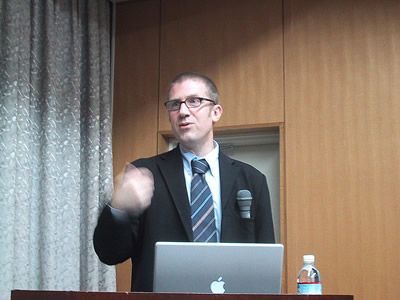An introduction to skeletal dysplasias: clinical
and radiographic aspects, molecular pathogenesis and classification,
diagnostic approach and management
Andrea Superti-Furga, M.D.
Professor of Pediatrics, University of Lausanne
Head, Division of Molecular Pediatrics, University Hospital
Center, Lausanne
Criteria used for classification of skeletal dysplasia
phenotypes were clinical, radiographic, and genetic. Progress
in molecular studies has continued to turn out new genes
and to unveil novel molecular mechanisms. However, the expectation
that molecular results might simplify the classification
of skeletal dysplasias has proven wrong. Molecular classification
adds a further fascinating dimension of complexity. The
molecular-pathogenetic classification comprises eight groups:
structural proteins of extracellular matrix; metabolic processes;
macromolecular folding and degradation; hormones and signal
transduction mechanisms; transcription factors; oncogenes
and tumor suppressor genes; DNA and RNA metabolism; and
intracellular structural proteins. Molecular dissection
of skeletal dysplasias and dysostoses has turned the skeletal
system into an unique biologic model. Yet, these advances
are difficult to synchronize with daily practice. The use
of telemedicine may be useful, as implemented in European
Skeletal Dysplasia Network project. Images (clinical and
radiographic), differential diagnosis list, and appropriate
laboratory test are available within the ESDN. This approach
is beneficial to the patients and their referring physicians.
A molecularly confirmed diagnosis is the basis for screening
of likely complications and for more timely treatment, for
careful planning of possible orthopedic and surgical interventions,
and genetic counseling and prenatal diagnosis.
